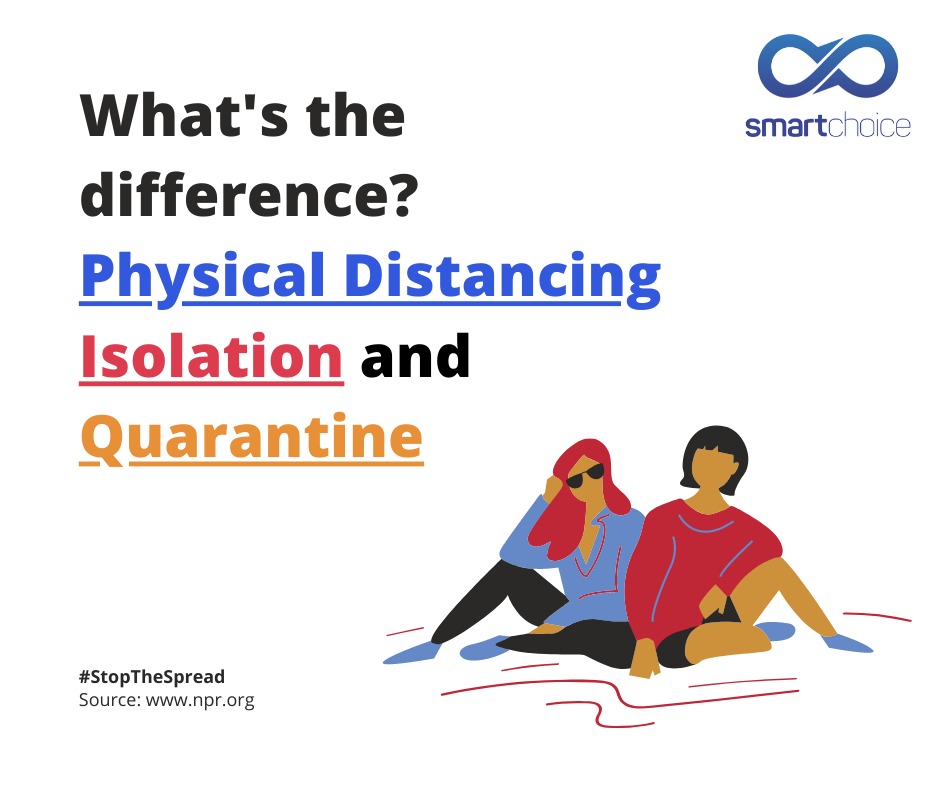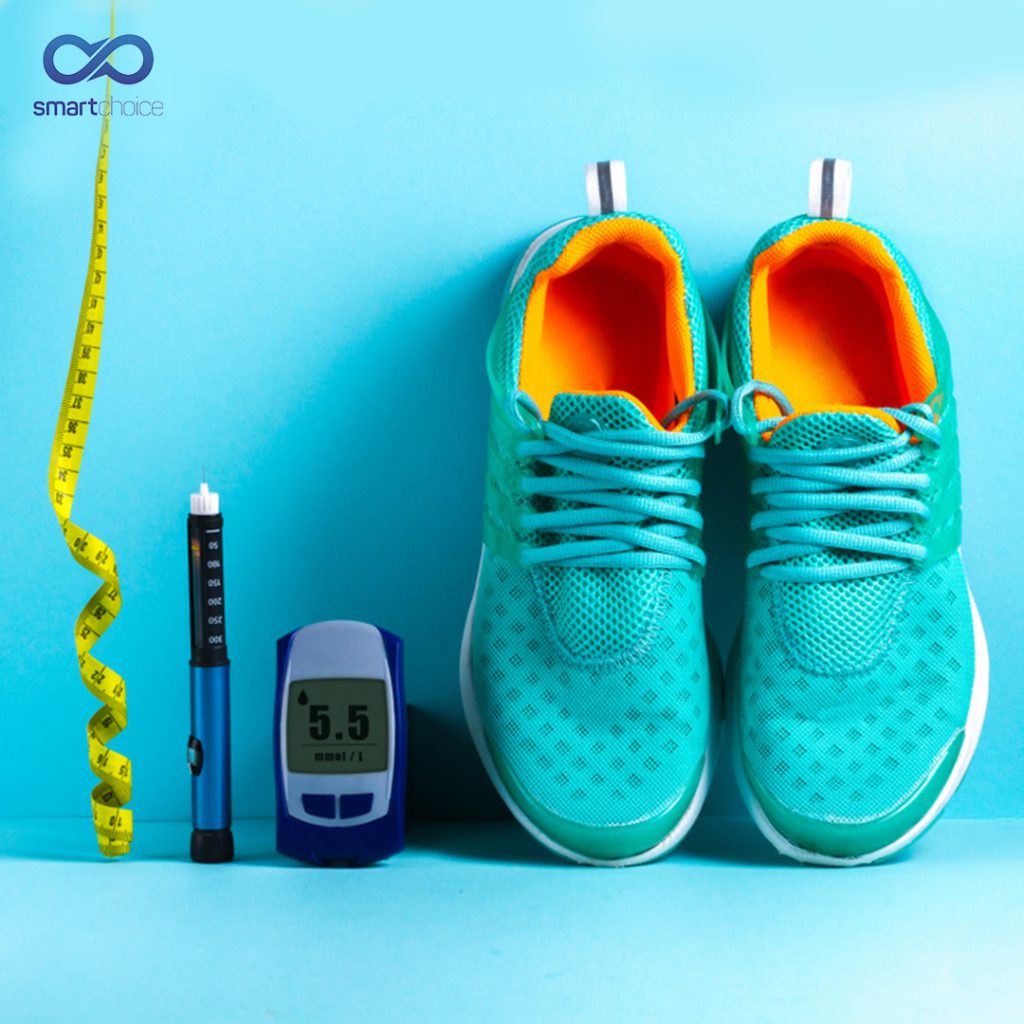With more than1000+ cases confirmed coronavirus cases in Pakistan and more than 8 associated deaths, the Centers are constantly monitoring the entire situation, and trying to control the spread of the virus and its transmission of the disease, called COVID-19.
Overall in the world there are around 420,000 infected people, and the Death number is almost reaching 21000 as off today, the situation in every country is critical and the contagious COVID-19 has spread up to almost 196 ( hundred and ninety-six countries) as per the recent data and figures.
In Italy, the number of cases rapidly skyrocketed from a handful a few weeks ago to now more than 40,000 cases and over 5000+ deaths. The rapid escalation may be partly attributed to aggressive testing, but hospitals in the northern part of Italy are running out of beds in intensive care units, ventilators and sadly even the space to bury the people dying of COVID-19.
In some cases, depending on risk level, the government has asked the individuals or families to practice “SOCIAL DISTANCING” to stop the further spread of COVID-19 as in this time of distress and high-speed spread of “CORONA” it is one of the most effective and probably the only way to stop the spread of “COVID-19”.
Multiple efforts are being done by the provincial as well as the federal government to ensure the practice of social distancing and gathering of people as for Pakistan one of the major threat is its social structure and the way people are connected to each and their social get together and congregations.
One-off the main thing that the majority of us are unable to comprehend are the terminologies being used by the health experts and the media and if the terminologies are properly understood its implementation cannot be done in its true spirit.
To stop the spread one thing premier is to make people understand what each “WORD” or “TERMINOLOGY” stands for and how each has importance in this time of crisis so that when and if need be it can be practiced properly and ensure safety and security of our self and our loved ones.
- The three terms that we have been hearing a lot are
To maintain social distancing
To practice Self-isolation
To Quarantine Yourself
Are social distancing measures/what is social distancing?
distancing methods and measures are undertaken to restrict and confine when and where people can gather in a group and stop and if not stop slow the spread of transmittable and contagious diseases. The measures which are included in social distancing are limiting large groups of people to come together, closing of buildings and cancellation of events.
Would social distancing measures be used/ when are they required in Pakistan today?
social distancing measures are urgently needed and required in Pakistan to slow the spread of pandemic COVID-19. Health experts have looked at past epidemics and pandemics and found from the historical archives that during the 1957-58 pandemic, the spread of the disease became quicker and transferrable due to public gatherings such as conferences and commemorations.
during the time of the pandemic, the highest attack rates of the infectious disease were observed in school children, due to their close connection and contact in a congested setting. Health experts then and now believe and have been emphasizing that avoiding crowds and mobs of people will be eminent in slowing or stopping the spread of COVID-19.
there is a no start or off button for a pandemic that has started, and because health experts cannot determine the exact number of people that can be affected by it, so now since this COVID-19 pandemic is found in our area, social distancing measures shall be used and properly implemented to slow the spread of the disease which will provide our community and our health care facilities with the valuable time needed to be better prepared to handle the pandemic.
Examples of social distancing measures are being taken and should be taken during a pandemic include:
Public and private colleges and institutions suspending classes and moving themselves to Web-based learning and procuring of knowledge, cancellation of all large university grounds meetings and assemblies.
Public and private libraries and even grocery stores or supermarkets are and modifying their operations and restricting people from gathering by allowing people to come in only to pick up materials that have been reserved or requested on-line or by telephone.
Business is changing their company practices, setting up flexible shift plans for the employees, having employees telecommute and also ensuring work from work practice and they are canceling all the meetings. Seminars and conferences that may lead to the accumulation of people in large number.
Some other social distancing measures that are being used and should be used during a pandemic liked COVID-19 include closing all public facilities and services, closing of all childcare centers, community centers and suspension of all community activities, shopping malls, auditoriums, and theaters, as well as suspending all religious activities at all places of worship.
Additionally, during a pandemic like COVID-19, all enclosed and open-air events that attract large crowds have been canceled until further notice to avoid any social interaction that may cause transmission of disease amongst people. These events include sports events, concerts, and festivals. Mass people transport systems such as busses and trains are temporarily closed or can only be used only for essential travel or under special conditions.
This is a broad category. It means no shaking hands, avoiding crowds, standing more than a few feet from other people and, most significant, staying home if you feel sick or feel any of the symptoms of flu as COVID-19 are pretty similar so it’s better to practice precautionary measures and regretting it later on.
What other actions that can help limit the spread of disease and protect other people from contracting COVID-19?
Apart from social distancing other steps that need to be taken are other actions required to limit the spread of the COVID-19 disease include isolation and quarantine. For a person who is showing symptoms like COVID-19 and is considered “medium risk,” it is recommended that one must adhere to self-isolation.
What is ISOLATION?
Isolation is applied when a person is affected with the contagious COVID-19 and has the infection hence means he/she has been tested positive for the virus.
During this period and while practicing isolation, the infected person is detached from people who are not sick and not affected by the infectious disease. People who are isolated can be taken to hospitals, or some other healthcare facilities and also can isolate and take care of themselves in their own homes.
In many cases, the isolation is voluntary as people upon the feeling of symptoms isolate themselves from their family members, but the, state and local health officials have the power to keep in mind the situation to require the isolation of sick people to protect the overall general public’s health.
They might advise you to get admitted to the hospital as staying at home can be dangerous for other members of the family and the overall people of the surroundings, this also depends on the condition of the person infected ( as how seriously the person is infected). They might even for instance advice as if the hospitals are full and the people with the disease are isolated and are kept away even being the same home from other people living in their homes, It is recommended that the infected person separates the room and bathroom facilities to limit the contact with other family members and to curb the spread of the COVID-19.
What is QUARANTINE and how it can be practiced?
When a person is kept in quarantine, they are also separated from others.
Even though the person is not sick and not demonstrating any symptoms of the disease at the moment, they were exposed to a contagious disease, may still become infectious and contagious and spread the disease to others.
There can be other measures to follow quarantine which may include restricting travel or (putting them under quarantine) who have been exposed to the transmittable disease, enforcing restrictions on individuals coming or going into a specific space. Each space has the power to implement quarantines within its boundaries.
For example in Pakistan all the people who have traveled from Iran after the spread of COVID-19 were kept in quarantines in Sukkur to ensure that since they have been exposed to such pandemic they don’t carry the virus that may affect the population at large, so all the ziareens coming from Iran were kept under Government imposed quarantines till it was determined that they were healthy had no symptoms and tested negative for the virus.
Quarantines last for as long as the upper limit of the virus’ incubation (the time between being exposed and showing symptoms), as per the health experts should be 14 days.
People are considered “medium risk,” if they have traveled within the past 14 days to a country “with widespread sustained transmission” or have had close contact with someone showing COVID-19 symptoms or on a plane with a person showing symptoms.
Whereas a quarantine separates people who may have been exposed to this novel coronavirus to see if they get sick, isolation is a way to separate an already sick person from people who aren’t sick.
Canadian Prime Minister Justin Trudeau, for example, is under self-imposed quarantine because his wife tested positive for the virus after returning from a trip to Great Britain.
Arrange to have groceries and toiletries delivered by local or state health departments. Also, make sure to inform health care providers of any medications you’ll need, so they can arrange drop-offs of prescriptions as well. In terms of getting laundry done for those without machines at home, you could ask health care providers about that as well.
Q: What is the difference between self-quarantining and self-monitoring?
There’s a bit of overlap, say experts.
Both strategies aim to keep people who have been exposed, or who might have been exposed, away from others as much as possible for a period. That has generally meant 14 days, which is considered the incubation period of COVID-19, although symptoms can appear within a few days of exposure.
Self-monitoring might consist of regularly checking your temperature and watching for signs of respiratory illness, such as fever, cough or shortness of breath, according to the Centers for Disease Control and Prevention. It also involves limiting interaction with others.
All these terms explained above are done for you to find a difference between all three terms which are being used by the media and also our health care providers and experts, these terms also mean if one thing happens what should be the next correct step taken to minimize panic in the public and to stop/curb the spread of the COVID-19.
Since there is so much information circulating one should always be apt on the correct information so that the right care and measures can be taken when/if the situation arises.
Under this situation of the pandemic, follow a rigorous hygiene regime as indicated by many of the health professionals and public service messages as it’s the only way to ensure that #youarecoronafree #protectyourself #protectyourfamily #sehatmeinbarkat







